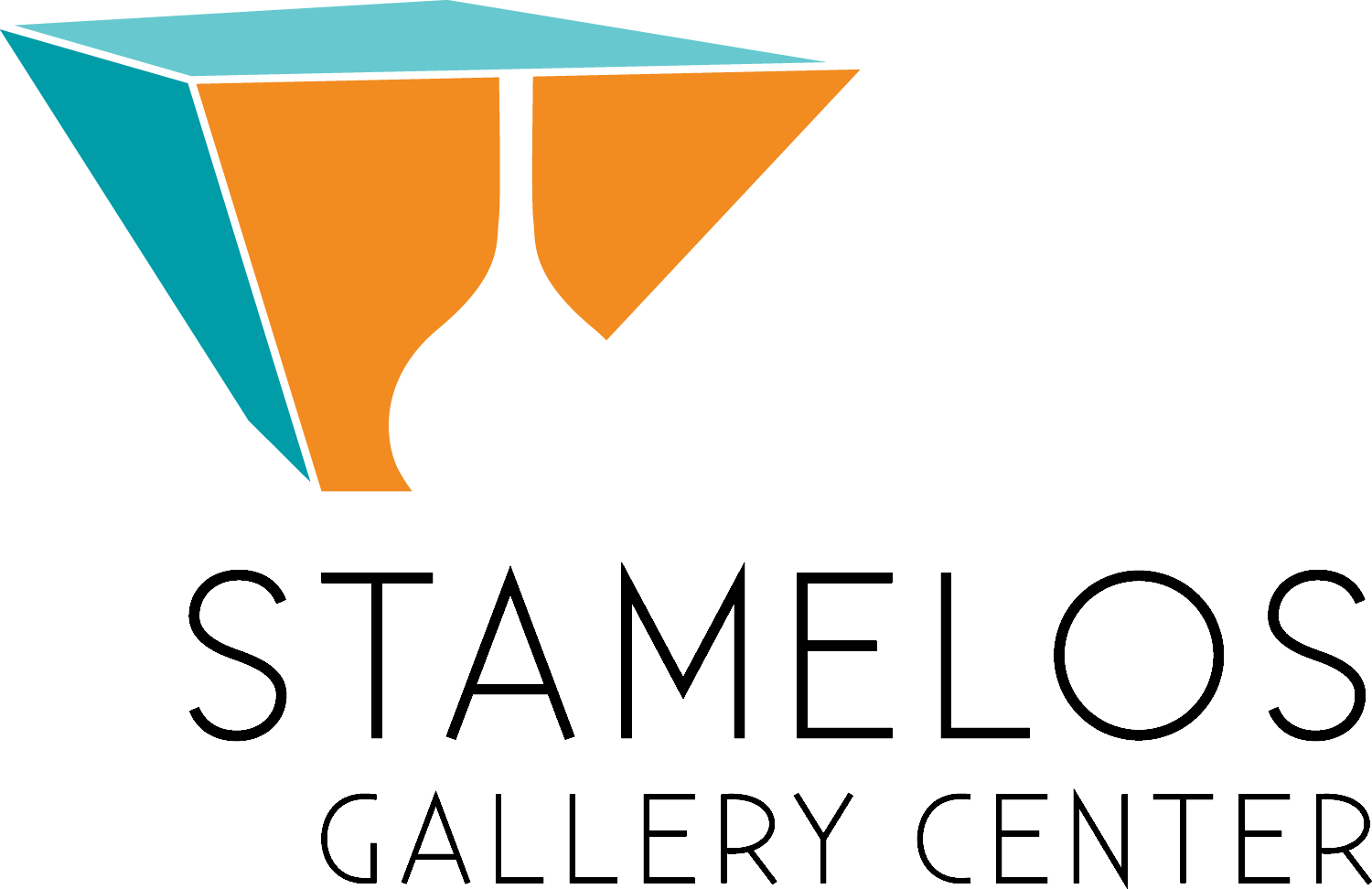
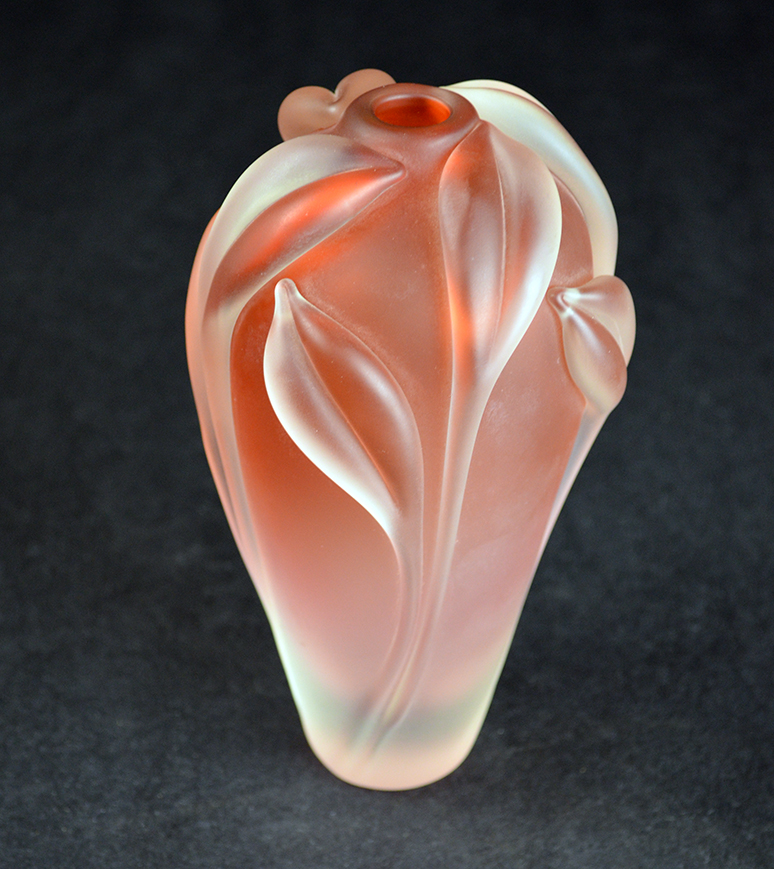
The history of glass is an international story of industrial, scientific, and artistic contributions forging a magnificent diversity of achievements both functional and sculptural. Based in the technical innovations of the industrial revolution, glass developed as an art form after World War II within the fine arts programs of American colleges and universities. Artists had designed limited-production, craft glass objects via manufacturers like Tiffany, Johns-Manville, and Corning, which had the facilities to produce the works. Artist Harvey Littleton broke through that constraint when he helped design equipment and processes that individual artists could use.
The origin of the contemporary American Studio Glass movement can be pinpointed to a workshop in 1962 by Harvey Littleton and chemist Dominick Labino at the Toledo Museum of Art. After Littleton introduced his students at the University of Wisconsin to glass as an alternative sculptural medium, visual arts departments across the country began offering instruction in glass. The Rhode Island School of Design provided classes in 1969 taught by Dale Chihuly, and by the mid-1970s, glass was an established presence in many studio art programs.
Global Glass: A Survey of Form and Function is a remarkable exhibition drawn from the extensive glass collection owned by the University of Michigan- Dearborn. The exhibition, which was featured at the Kalamazoo Institute of Arts from June until October of 2018, surveys important artists and works created from the mid-1960s to the present. Global Glass examines both functional glass objects and pure sculptural forms that have often taken cues from other fine arts media and movements in the U.S. and internationally. Among the 56 artists represented are glass giants Harvey Littleton, Howard Ben Tré, Dale Chihuly, Ann Robinson, and Kate Vogel. The exhibition has been curated by Don Desmett, independent curator and critic.
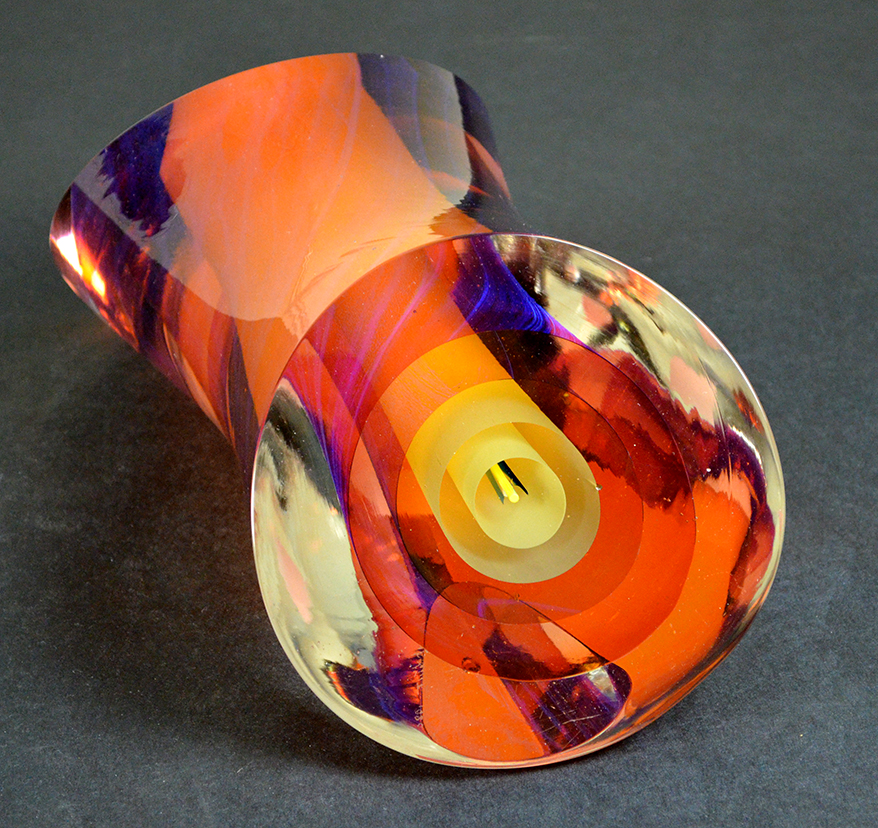
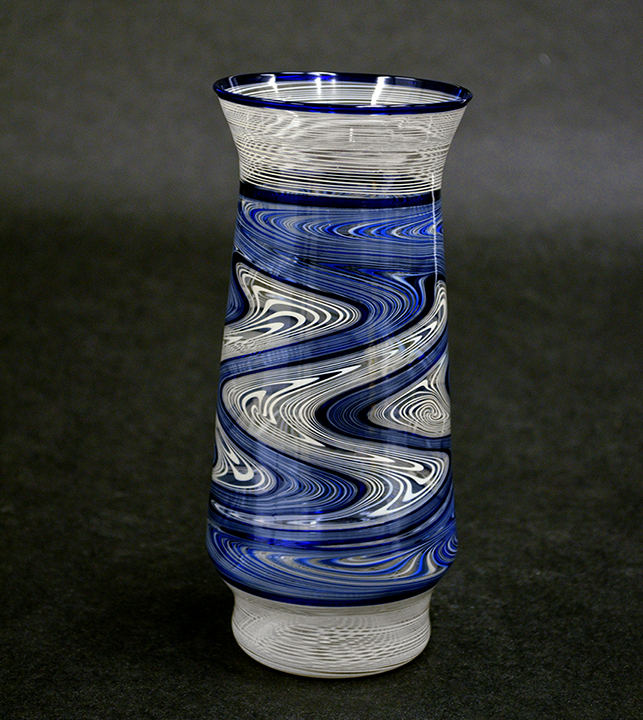
Opening Reception
Thursday, February 7, 2019 5:00 p.m. - 7:00 p.m.
Don Desmett, Independent Curator of Modern and Contemporary Art will speak at 6:00 p.m. Event is free to the public. Complimentary wine and hors d'oeuvres provided.
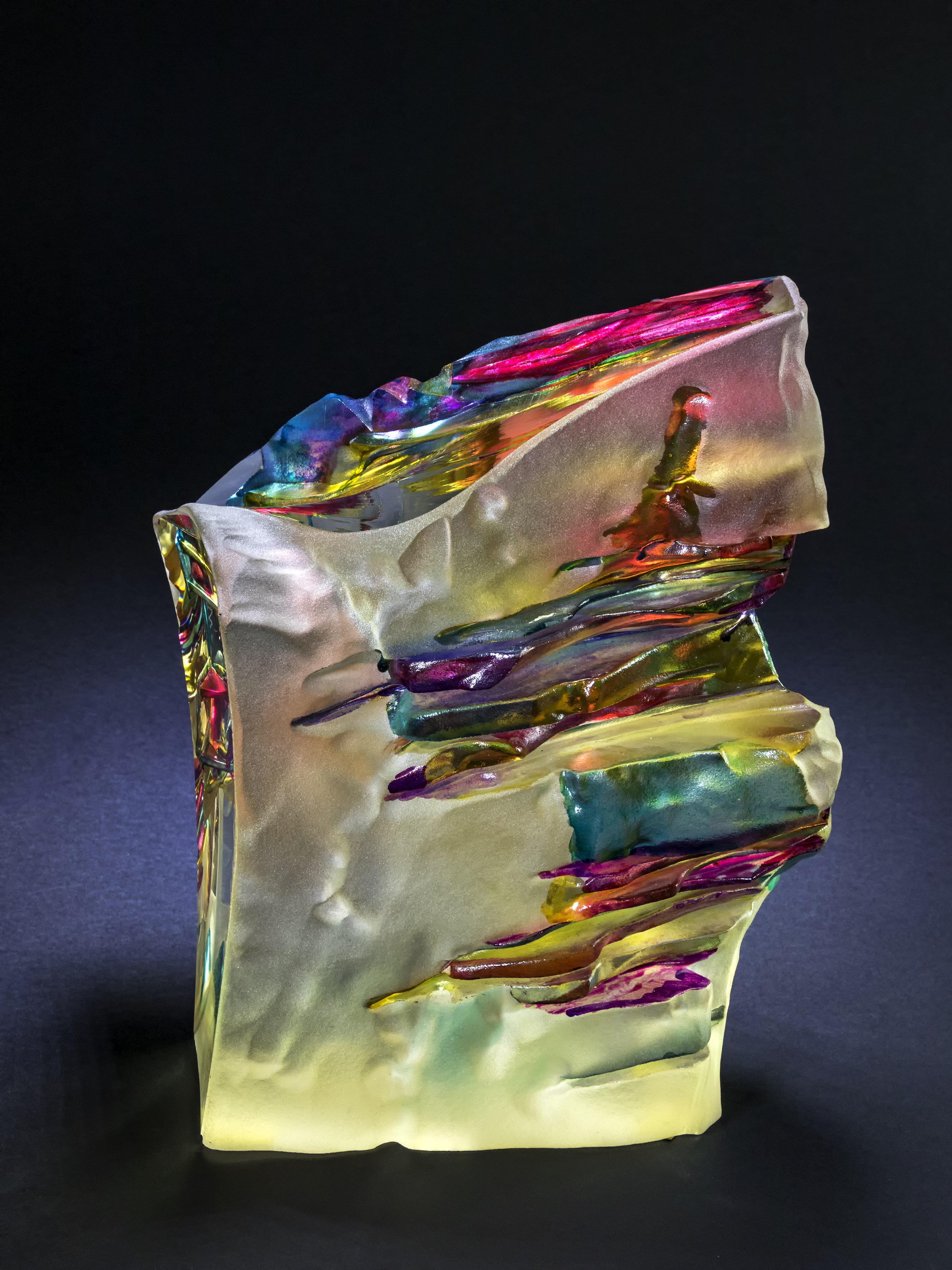
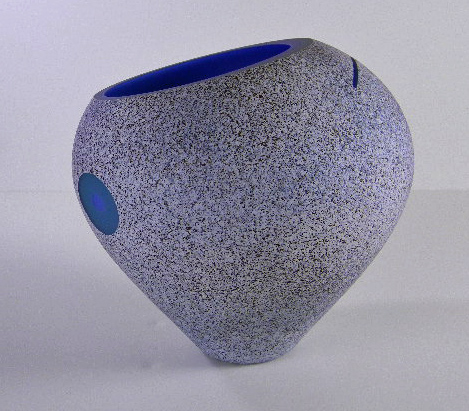
Guest Lecture
Wednesday, March 27, 2019 3:00 p.m. - 4:30 p.m.
Stamelos Gallery (3rd Floor Mardigian Library)
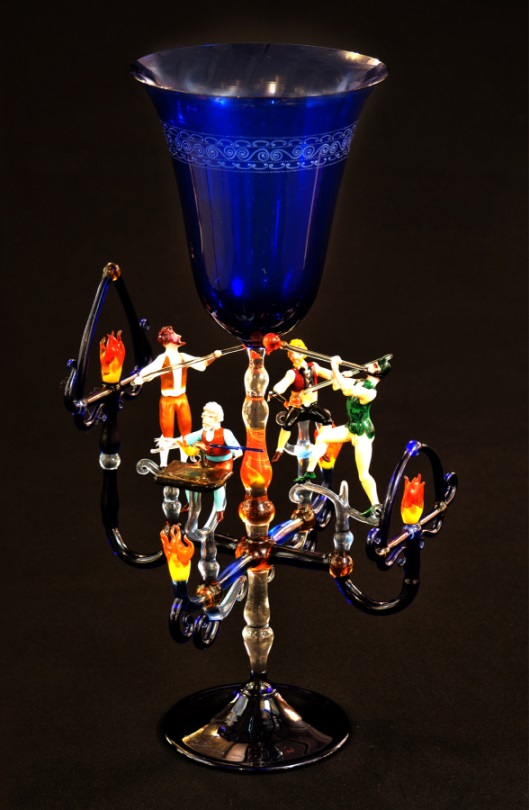
The science and chemistry used in the creation of studio glass goes back to the discovery of glass in ancient times. Throughout the Renaissance in Italy and in other European nations, recipes and techniques were developed that inform today's studio glass artists. These were further developed by American glass innovators like Louis Comfort Tiffany and the talented glass artists at Steuben in Corning, New York. Many renowned glass artists today have achieved success by combining scientific principals with artistic expression.
Charles Sable, Curator of Decorative Arts, is responsible for managing, developing, researching, and interpreting the Henry Ford Museum's American decorative arts collections dating from the 17th century to the present. He brings more than 30 years of museum and education experience to his post. Prior to his current position, Sable served as Curator at the Norman Rockwell Museum in Stockbridge, MA, Assistant Curator for the Cincinnati Art Museum and Curator of Milwaukee's William F. Eisner Museum of Advertising & Design. He has also held several secondary education posts. In his ten years at the Henry Ford, Sable has collaborated on refining the museum's furniture installation, Fully Furnished, and updating several Greenfield Village houses. Most recently, Sable curated the museum's Davidson-Gerson Gallery of Modern Glass, opened in 2016, and the Davidson-Gerson Gallery of Glass in Greenfield Village, which opened in 2017.
Event is free to the public. Complimentary refreshments provided.
Experience the Arts: Educational Programming
750 points
Dearborn Gallery Rally
Saturday, April 6, 2019 10:00 a.m. - 5:00 p.m.
Stamelos Gallery (3rd Floor Mardigian Library)
A tour of Dearborn's finest galleries.
Sponsored by Chariot Transport
10 Galleries ♦ Free Shuttle* ♦ Free Parking ♦ No Charge Event
Tour Begins at the Ford Community & Performing Arts Center
Drive yourself or take the FREE shuttle to all the galleries courtesy of Chariot Transport
*Available from 10 a.m. – 4 p.m. Shuttles will run every 30 – 35 minutes.
Park for free at the Ford Community & Performing Arts Center (19th District Court lot).
Win 4 Detroit Tiger Tickets!!!
Get your stamp card at any participating gallery.
Participants must visit and obtain stamps from at least five different galleries to enter contest. Drawing will take place "LIVE" Tuesday, April 30th at 2:00 p.m. on the Dearborn Community Fund's Facebook page.
Full details, with list of galleries, available at www.DearbornCommunityFund.org
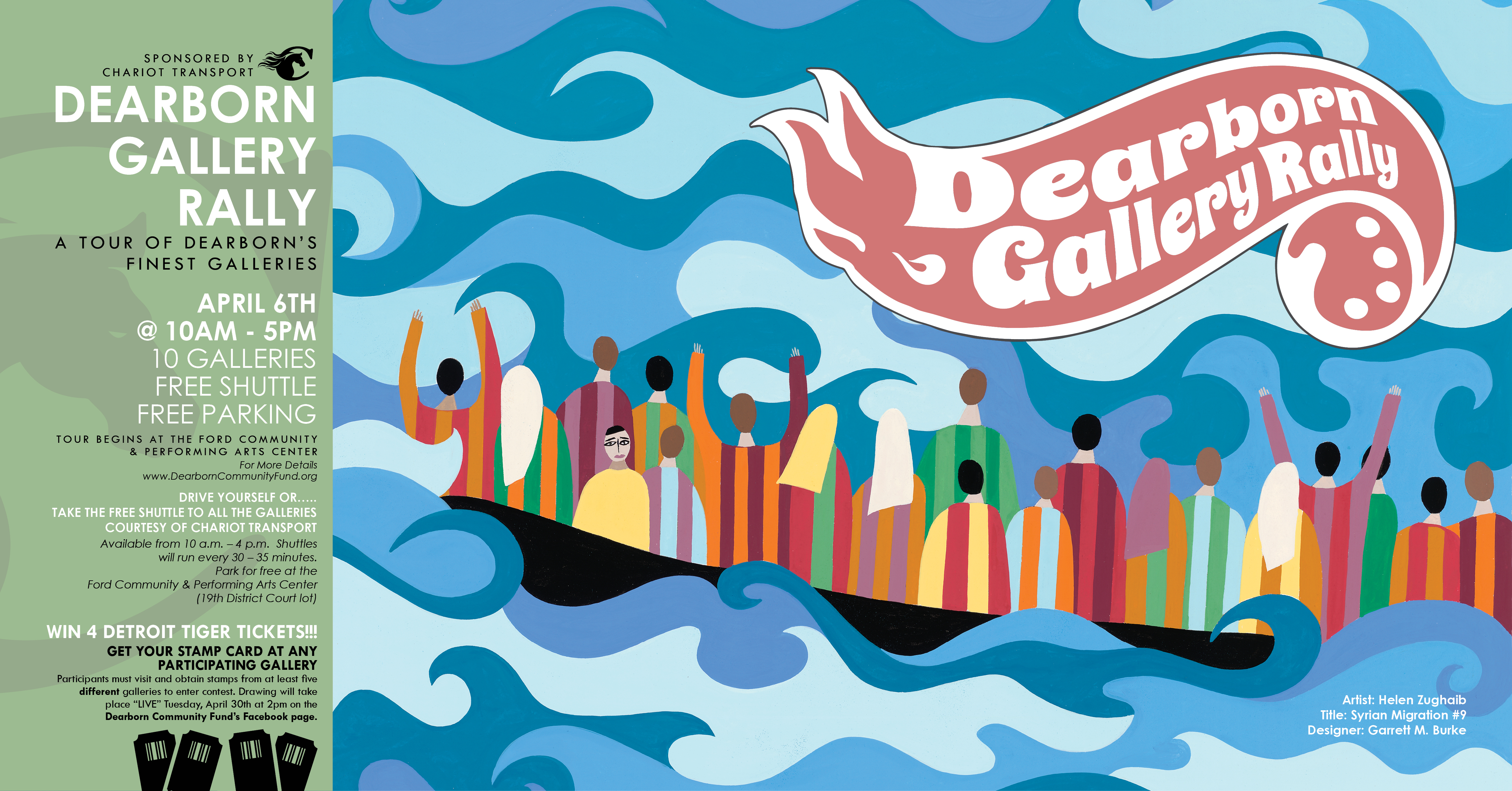
Opening Reception
Thursday, January 31, 2019, 5:00 p.m. - 7:00 p.m.
Guest Curator Don Desmett will speak at 6:00 p.m.
Reception is free to the public. Complimentary wine and hors d'oeuvres provided.
The Stamelos Gallery Center is located on the first floor of the Mardigian Library at the University of Michigan-Dearborn. For more information, see below for contact information. Anyone requiring accommodations under the provisions of the Americans with Disabilities Act should contact lacotton@umich.edu.
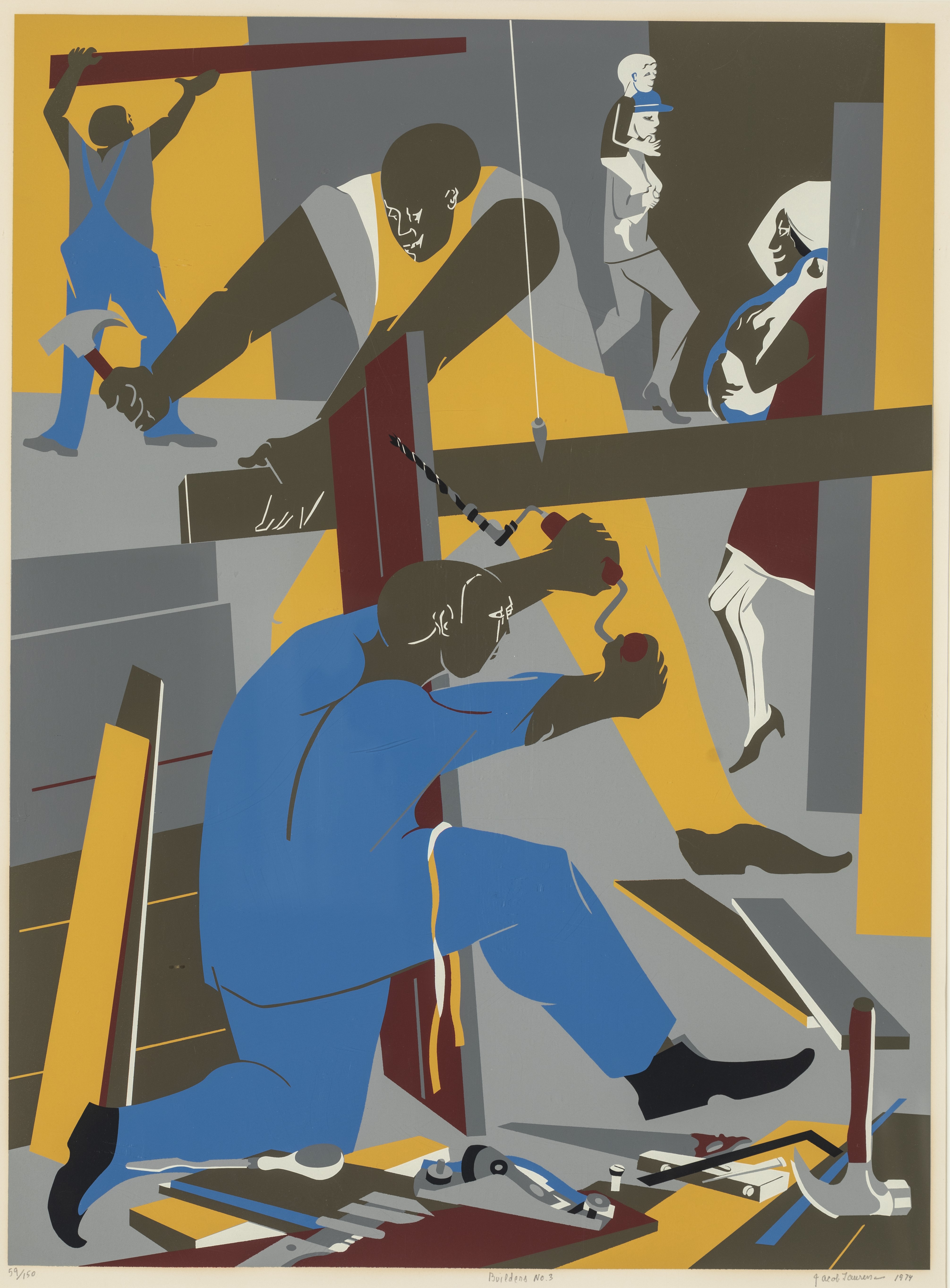
Jacob Lawrence (1917-2000), Serigraph print, 1974
Gift of Gilbert M. Frimet,
Collection of UM-Dearborn (1980.065)
Photographed by Tim Thayer
This powerful serigraph print from the permanent collection was created by Jacob Lawrence (1917-2000), one of this century's most widely acclaimed artists.
Lawrence was born in Atlantic City, New Jersey, but moved to Harlem, New York, at 13. He is among the few painters of his generation who grew up in a Black community, received instruction primarily from Black artists, and was influenced by the experiences of Black individuals.
Lawrence's artwork portrays the lives and struggles of the Black community, capturing their experiences through several series focused on figures such as Toussaint L'Ouverture, Frederick Douglass, and Harriet Tubman, as well as themes related to life in Harlem and the civil rights movement of the 1960s. His style is characterized by vibrant colors and abstract forms.
In the 1940s, during a time of widespread segregation, Lawrence broke racial barriers by becoming the first Black artist whose work was acquired by the Museum of Modern Art in New York City.
He stated, "If at times my productions do not express the conventionally beautiful, there is always an effort to express the universal beauty of man's continuous struggle to lift his social position and to add dimension to his spiritual being."
Researched and written by:
Julianna Collins, Stamelos Gallery Center former intern, UM-Dearborn art history/museum studies graduate, Class of 2025